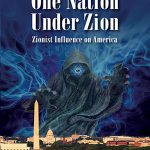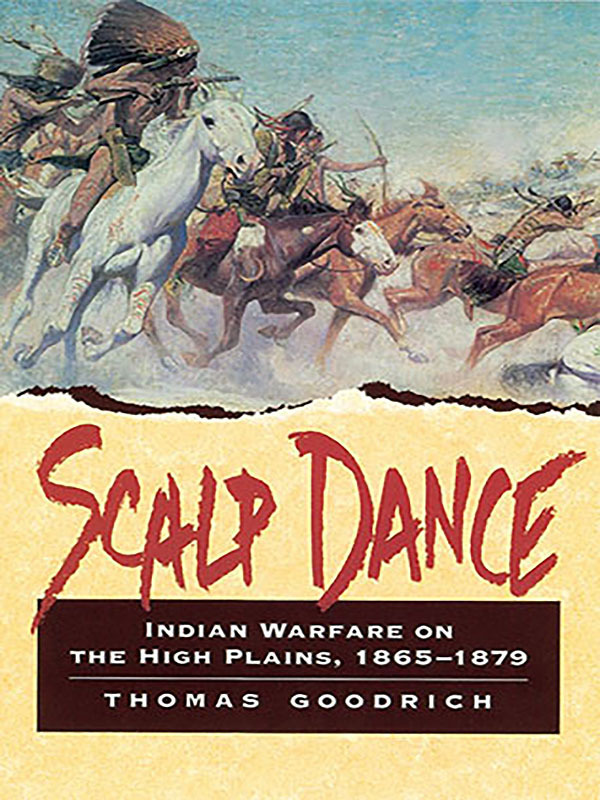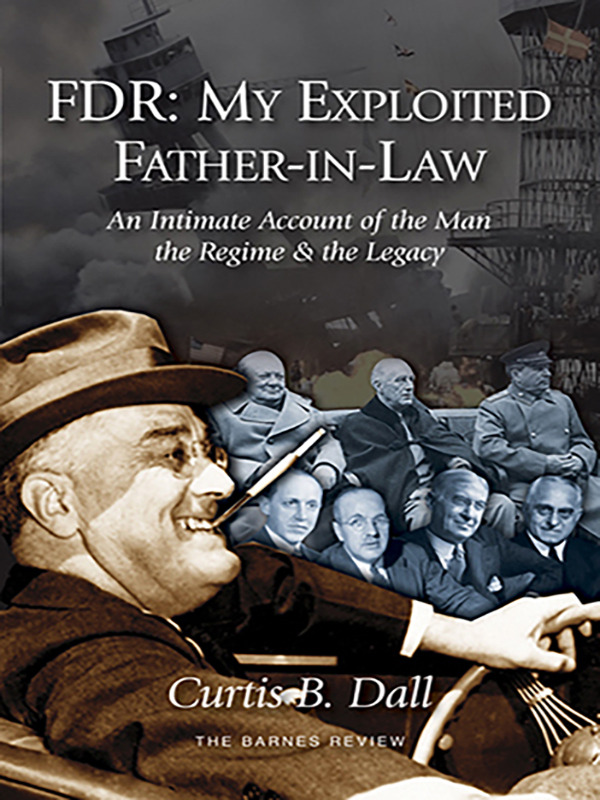
Perpetual War for Perpetual Peace
$35.00
Edited by Harry Elmer Barnes. Perpetual War for Perpetual Peace. Introduced, assembled and edited by the great Dr. Harry Elmer Barnes, here’s a classic collection of historical Revisionist essays that has been quoted again and again over the decades.
Dealing with the astonishing duplicity of American foreign policy leading up to the Second World War, Perpetual War for Perpetual Peace is actually nine books in one; a work that has forever changed the understanding of how America was dragged into that war.
- Description
Description
Introduced, assembled and edited by the great Dr. Harry Elmer Barnes, here’s a classic collection of historical Revisionist essays that has been quoted again and again over the decades.
Dealing with the astonishing duplicity of American foreign policy leading up to the Second World War, Perpetual War for Perpetual Peace is actually nine books in one; a work that has forever changed the understanding of how America was dragged into that war.
Here is a short synopsis of the contents of the book:
Chapter 1. “Revisionism and the Historical Blackout” by Dr. Harry Elmer Barnes. This details the methods used by the enemies of truth to suppress those historians who dare to lift the veil on the motivating factors of world events, focusing specifically on America’s entry into both world wars.
Chapter 2. “The United States and the Road to War in Europe,” by Dr. Charles Callan Tansill, reveals how the betrayal of President Wilson’s Fourteen Points and the terms of the Armistice of Nov. 11, 1918 laid the basis for World War II. Prof. Tansill describes the deliberate policies that successive Allied governments followed and how they resulted in the outbreak of more conflict. Also shows how American hostility increased as Adolf Hitler began opposing Jewish influence in Germany.
Chapter 3. “Roosevelt Is Frustrated in Europe,” by Dr. Frederic R. Sanborn. This section reveals FDR’s anti-German policy in Europe and his unsuccessful efforts to directly enter the war through the “front door.” By 1941, Roosevelt had decided to force America into war through the “back door” of the Far East by the manipulation of Japanese-U.S. relations.
Chapter 4: “How American Policy Toward Japan Contributed to War in the Pacific,” by Dr. William L. Neumann, provides an overview of FDR’s foreign policy initiatives that were designed to drive Japan into the war, which would serve as a spark for America to enter the war in Europe. These policies included an embargo which was nothing less than the economic strangulation of Japan, a policy which the American naval authorities advised against because they knew it would lead to war. Given the alternative of economic starvation or war, the Japanese chose to fight, just as FDR and Cordell Hull hoped.
Chapter 5: “Japanese-American Relations, 1921–1941; The Pacific Back Road to War,” by Dr. Charles Callan Tansill. A complete account of Roosevelt’s rejection of all Japanese peace overtures from 1933 to the end of 1941, and of how he ultimately succeeded in needling the Japanese into the decision to attack Pearl Harbor.
Chapter 6. “The Actual Road to Pearl Harbor,” by George Morgenstern. A detailed account of the antecedents of the Japanese attack on Pearl Harbor which removes the whitewash with which the Allies covered the event. The cracking of the Japanese code and diplomatic messages revealed that Roosevelt and his henchmen knew exactly when and where the Japanese would attack. Of course FDR deliberately did not warn the commanders at Pearl Harbor so as to maximize the carnage and undo the peace effort. Dec. 7 may have been a “day of infamy,” but the infamy was not owned exclusively by Japan.
Chapter 7: “The Pearl Harbor Investigations,” by Percy L. Greaves Jr., is the only thorough and searching account of the various investigations of the responsibility for the Pearl Harbor disaster. This includes the previously confidential report by Secretary of the Navy William Franklin Knox, who flew to Hawaii immediately after the attack and reported to the president a week later. Knox stated that the Pearl commanders could not be held responsible for the tragedy since they had not been supplied with the secret information about the impending Japanese attack which had been intercepted in Washington. Also included are reviews of the other numerous official investigations into the incident which proved the shocking duplicity of the Roosevelt administration toward the Japanese.
Chapter 8: “The Bankruptcy of a Policy,” by William Henry Chamberlin, reveals the physical and monetary cost of Roosevelt’s lies which brought this country into the Second World War against the wishes of at least 80% of the American people. “In order to promote Roosevelt’s political ambitions and his mendacious foreign policy some 3,000 American boys were quite needlessly butchered at Pearl Harbor.” The writer recounts the manner in which Roosevelt lied America into war, from the destroyer-base deal of September 1940 to Secretary Hull’s ultimatum of Nov. 26, 1941.
Chapter 9: “American Foreign Policy in the Light of National Interest at the Mid-Century,” by Dr. George A. Lundberg. This section investigates the bearing and effects of the Roosevelt-Truman global foreign policy on the national interest of the United States, and in particular how it reversed the tradition of American isolationism into one of taking on the role of “world policeman”—a policy which has led to an ever-increasing series of disasters for the American people.
Softcover, 6″×9″, 577 pages







